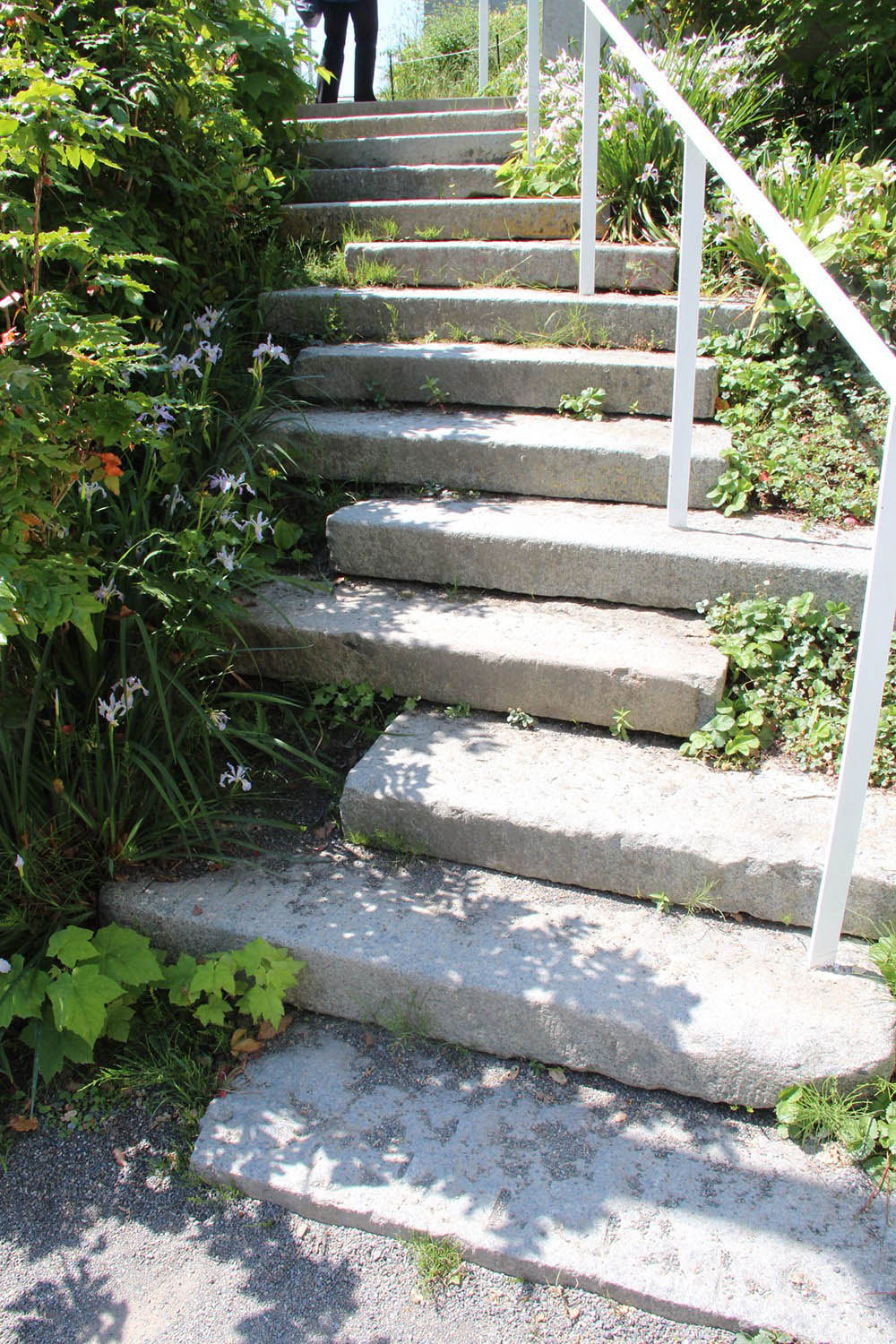Opened in 2007 the Olympic Sculpture Park consists of a 3.6 hectare outdoor sculpture museum connected to the waterfront. Operated by the Seattle Art Museum, the Park provides free admission to visitors.
Formerly occupied by the oil and gas corporation Unocal until the 1970s the site was a contaminated brownfield until the Seattle Art Museum proposed to transform the area into a new green spaces in Downtown Seattle.
Weiss/Manfredi Architects were engaged to design the park in collaboration with Charles Anderson Landscape Architecture and Magnusson Klemencic Associates Engineers.
The primary design challenge was to overcome reconnect the site to the waterfont which were separated by a motorway and major railway line. The solution was construction of a sloping landbridge over the transport corridors that forms part of the outdoor sculpture museum. The connection between the museum building and waterfront are both physical and visual.
The attention to detail on the bridge abutments, retaining walls and balustrades is meticulous so that they read as part of the sculpture park structure. The result provides an exemplary demonstration of how infrastructure can form an aesthetically pleasing component of an urban environment.
The sequence of spaces has been masterfully orchestrated starting at the entrance to the museum building located at the top of the site with the entrance structure framing the view out across Elliot Bay to Bainbridge Island. Upon entering the building you walk through a relatively narrow space to the information desk, beyond which the space opens up to reveal dramatic views out to the distinctive red Alexander Calder sculpture and water of the bay beyond. Walking outside on to the terrace the ground plane descends down a series of grass-covered seating terraces to the lower terrace where Richard Sera’s ‘Wake’ sculpture forms a focal point that beckons you to engage with it. An enticing visual experience is created by the rust red of the core ten steel and wave form of the sculpture elements surrounded by lush green vegetation. After walking through and around the Serra sculpture you can either walk back up the stairs to the museum terrace or ascend a set of stairs though terrace gardens and opening in the perimeter wall that takes you on to the upper walkway where panoramic water views open up.
From this point you can either wall back along the upper walkway to the museum building or walk straight ahead across the section landbridge over the motorway. Sloping concrete balustrades mark the boundary between the sculpture garden and the road corridor below.
The distinctive red Calder sculpture forms a visual reference point as you move from the museum building along the walkway to the waterfront. Alongside the Calder matching red seats along the walkway provide uninterrupted views across the bay.
From this point the walkway gently slopes down to the pedestrian bridge over the railway lines. A coloured glass artwork screen and canopy provide a sense of security and separation from sound and movement of trains moving below.
Having crossed the bridge you are presented with series of choices. One option is to walk to the end of a cantilevered lookout structure that provides 3600 degree views that extend back to the museum building, along the railway corridor and adjoining urban development, along the water front and out across the bay. You can then descend to the waterfront either via a grand set of stairs in one direction or a gravel surfaced ramp in the other direction. Both options present views to the display of public art along the waterfront and out across the open water of the bay.
Upon reaching the lower waterfront level you are presented with a series of public art works located along a promenade. A large water feature marks the northern end waterfront promenade with the sound and movement of water mitigating to some extent the sound of traffic and trains.















































